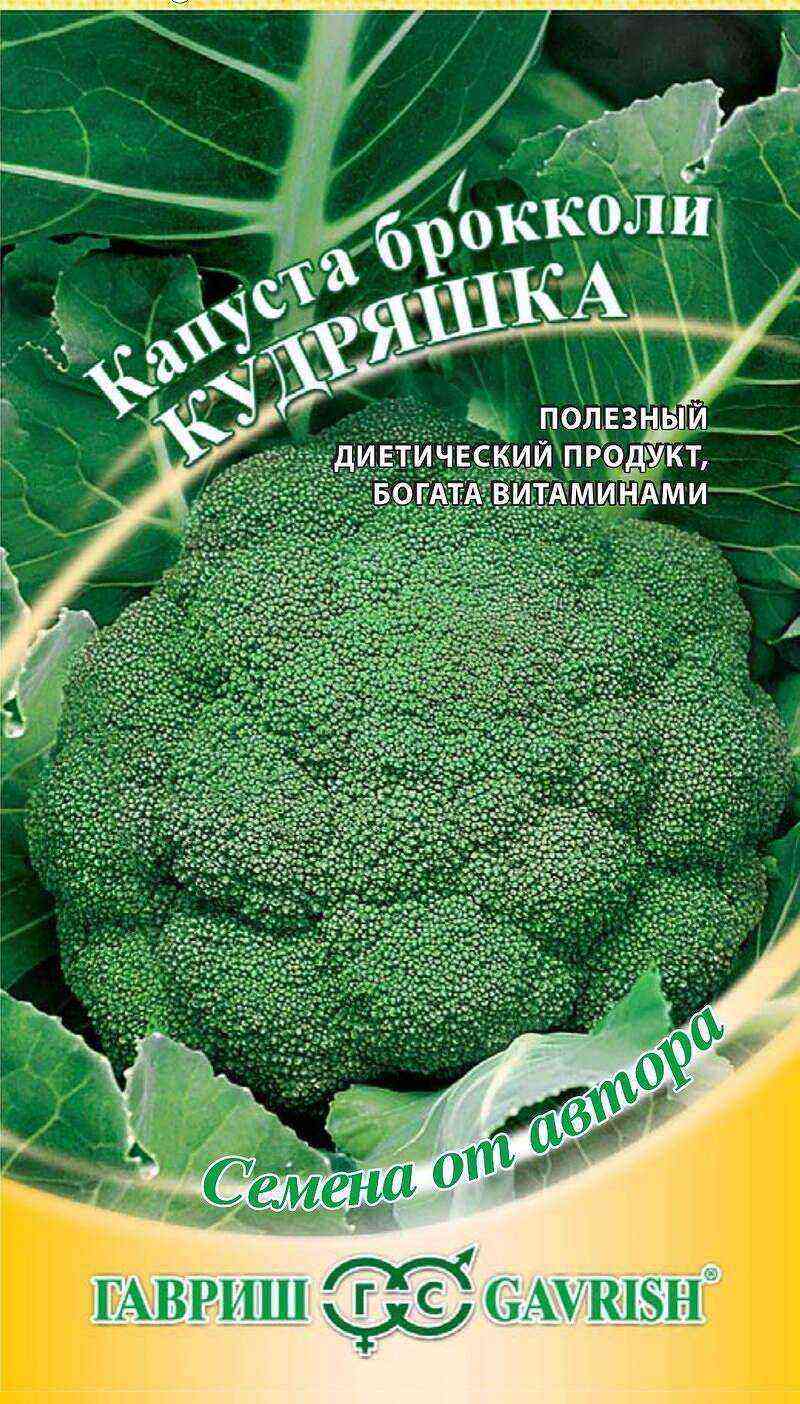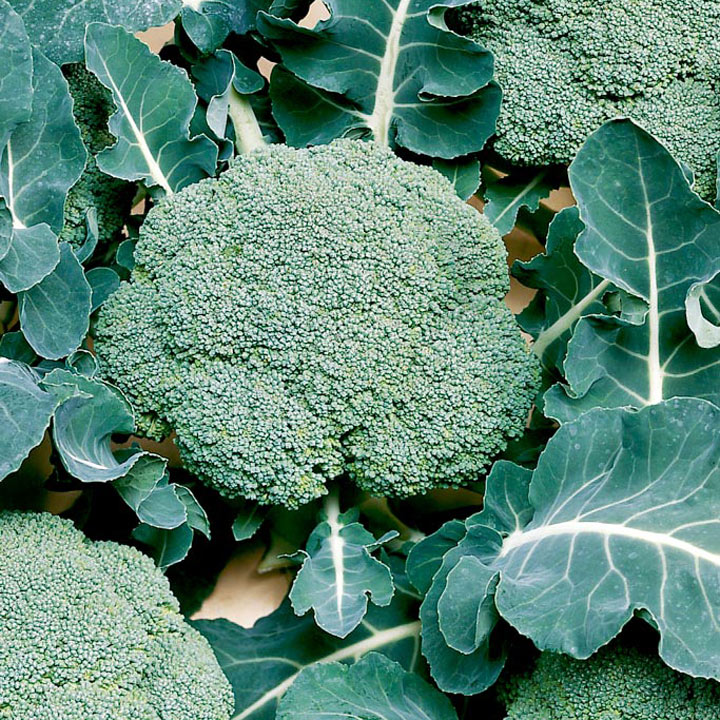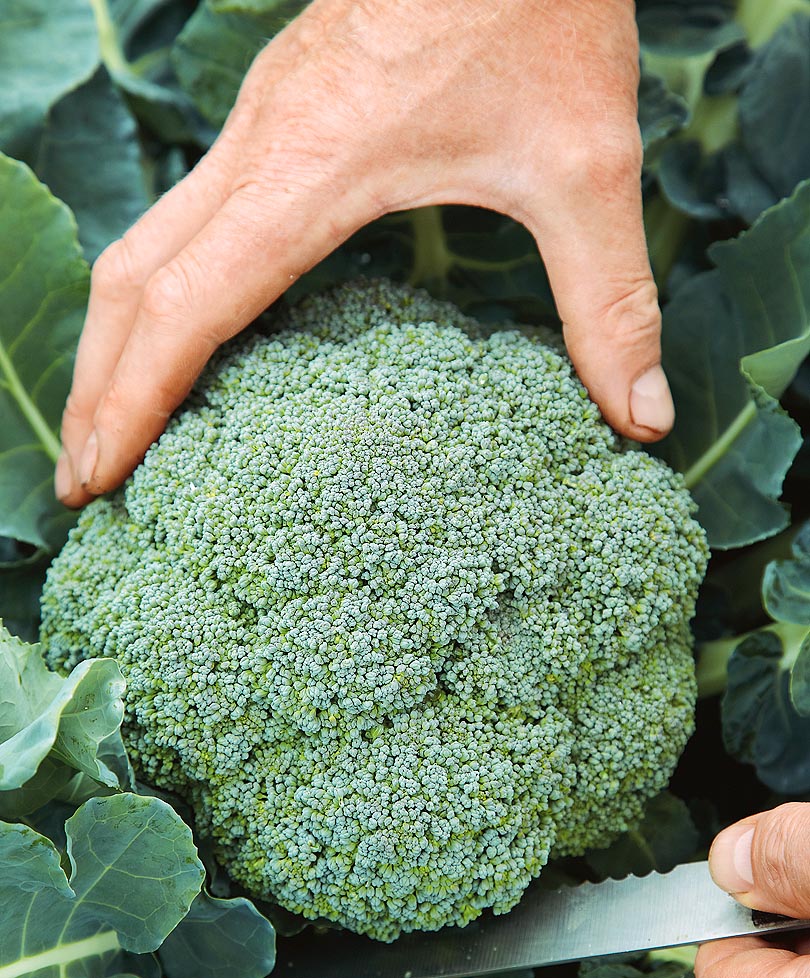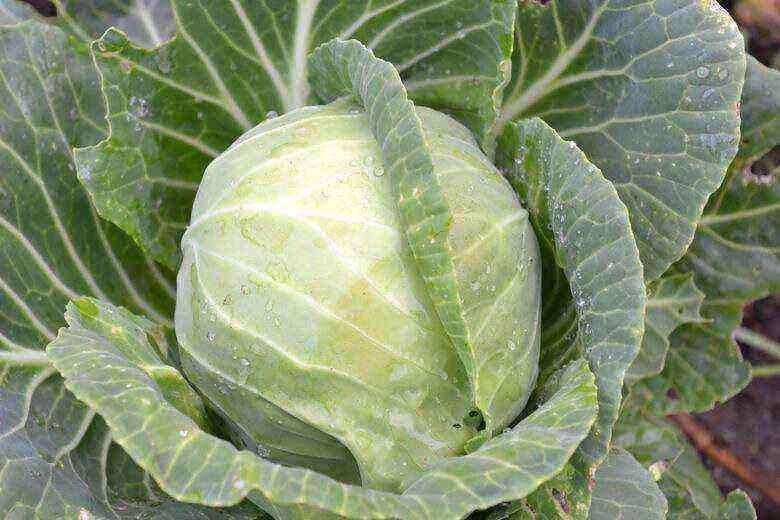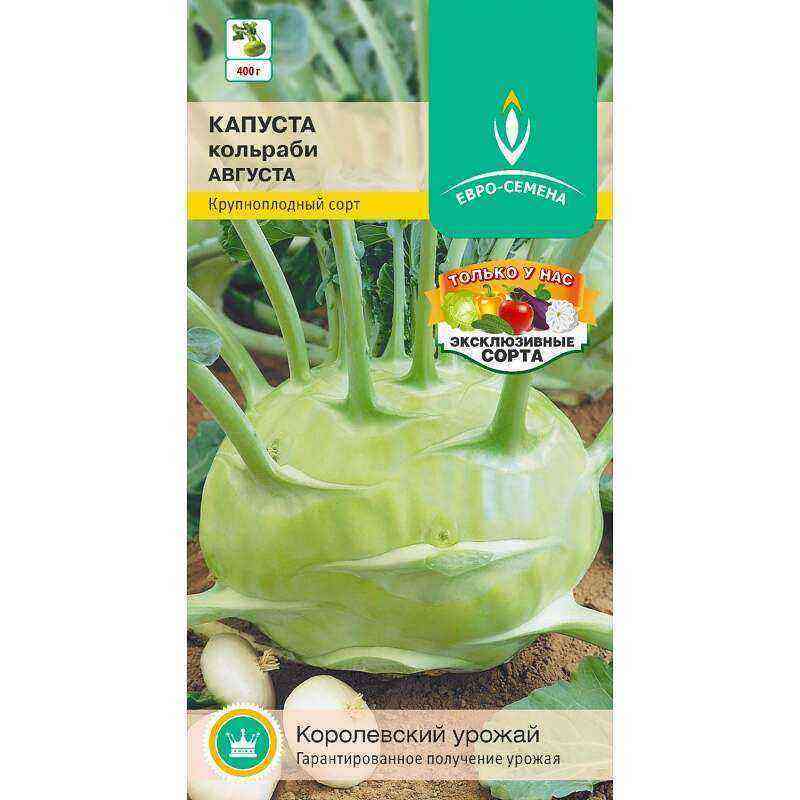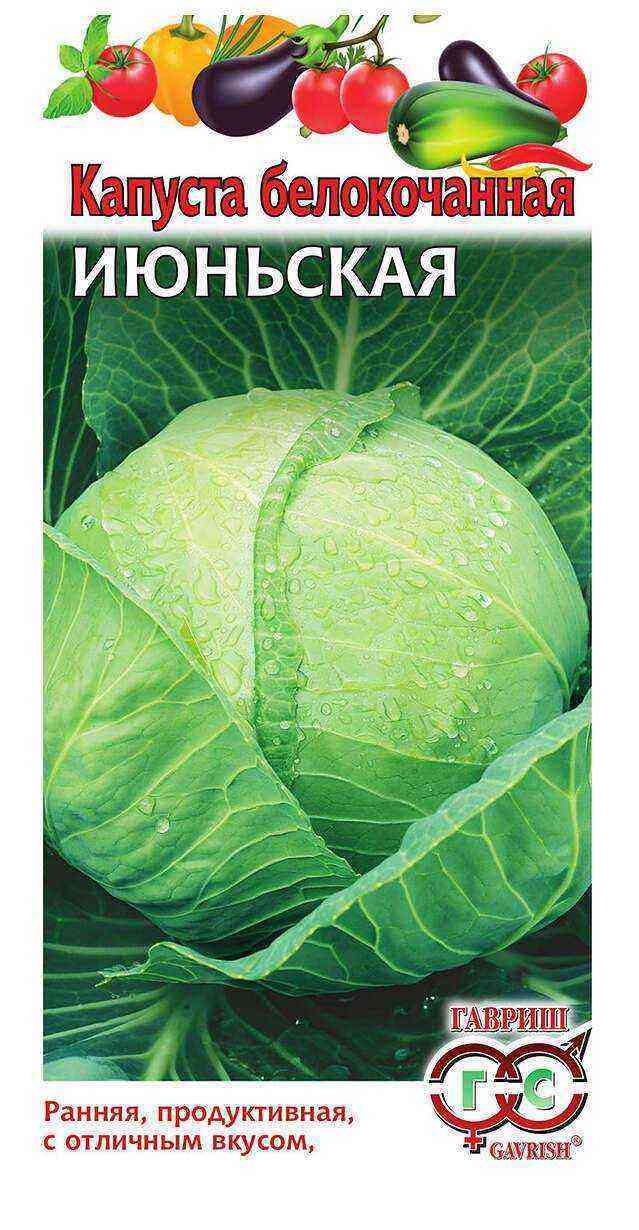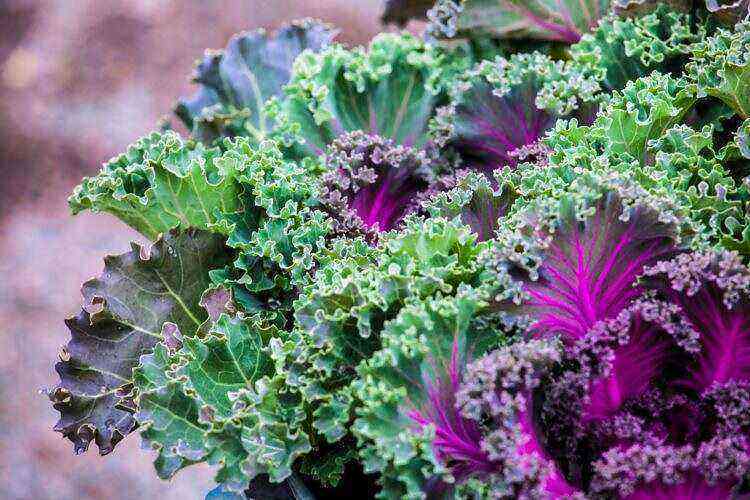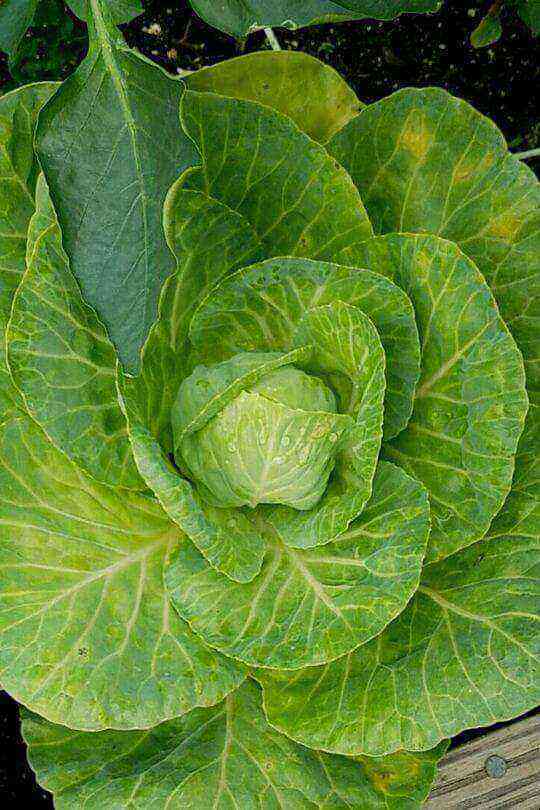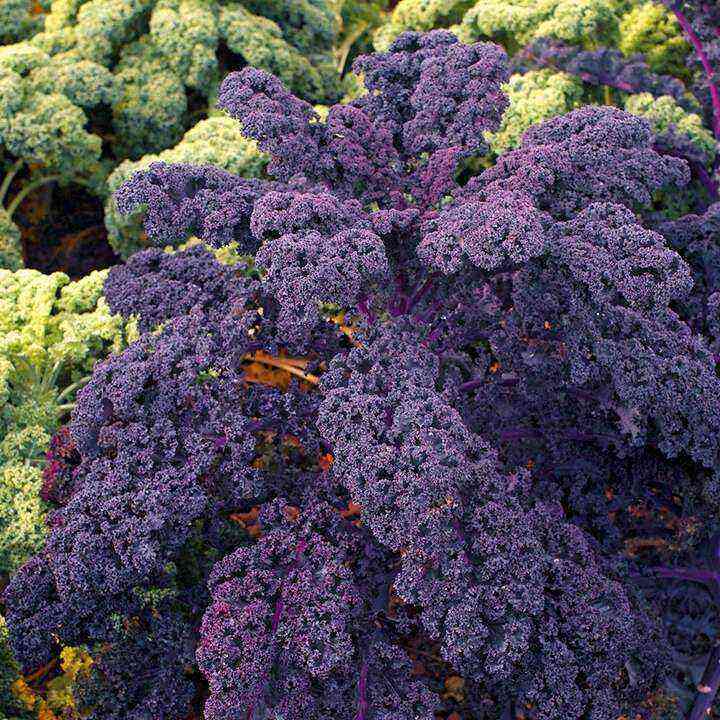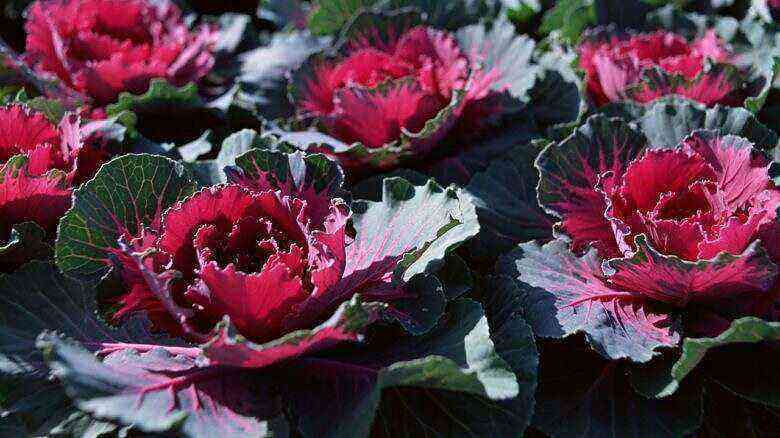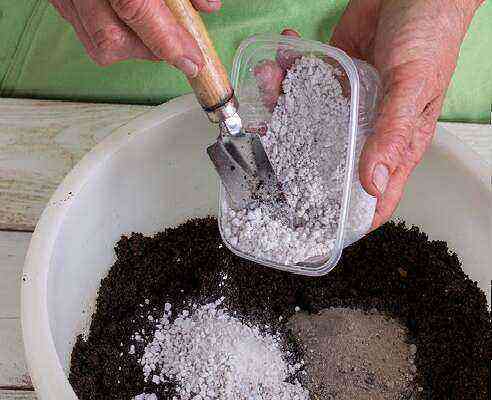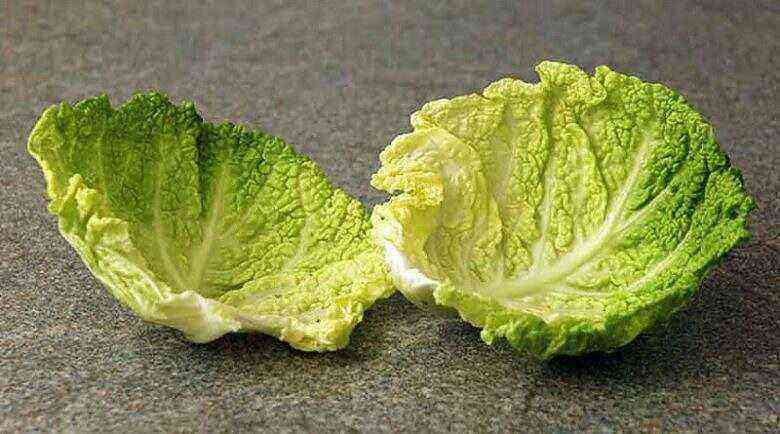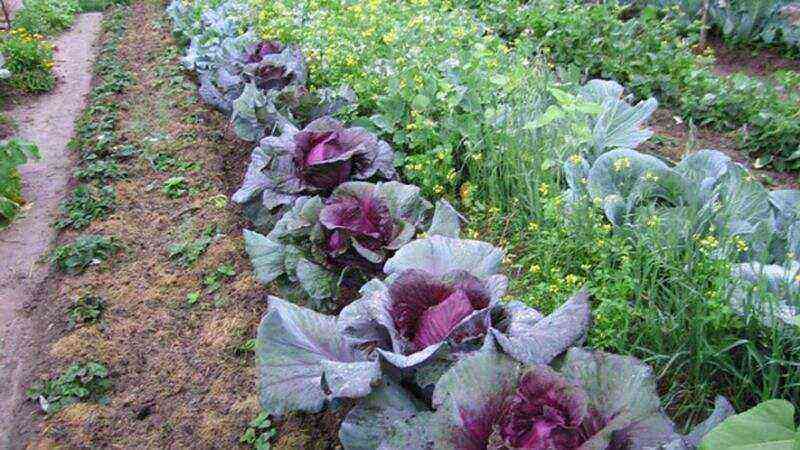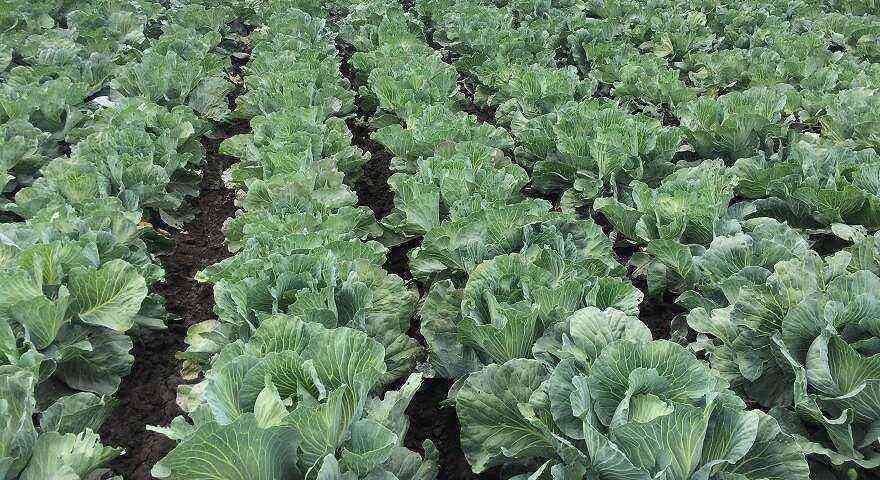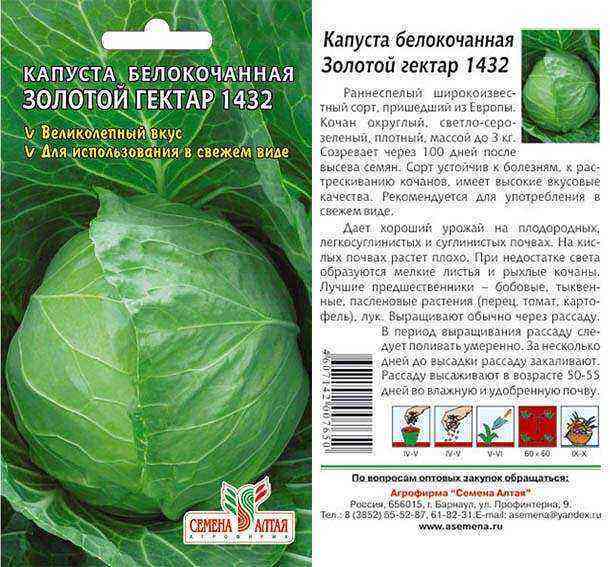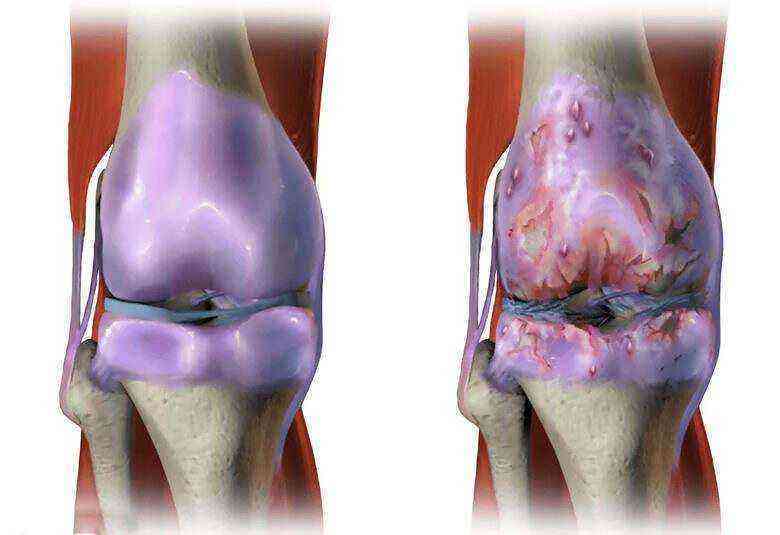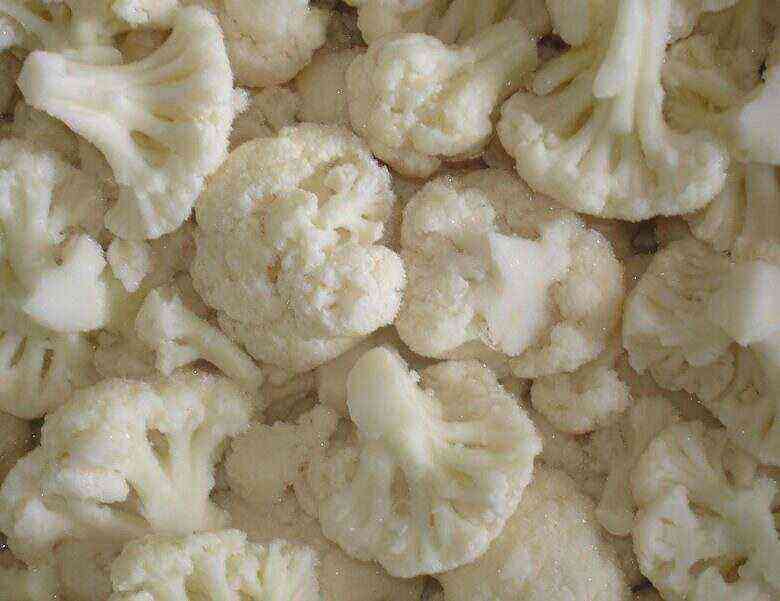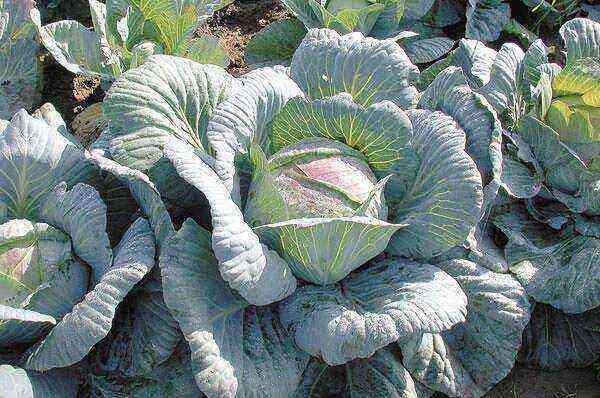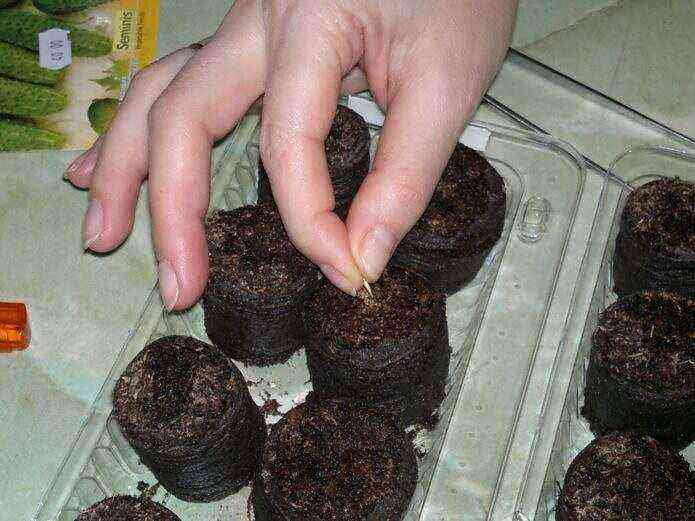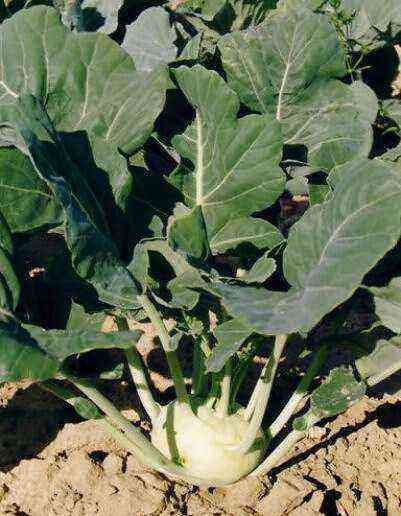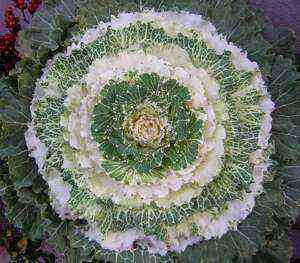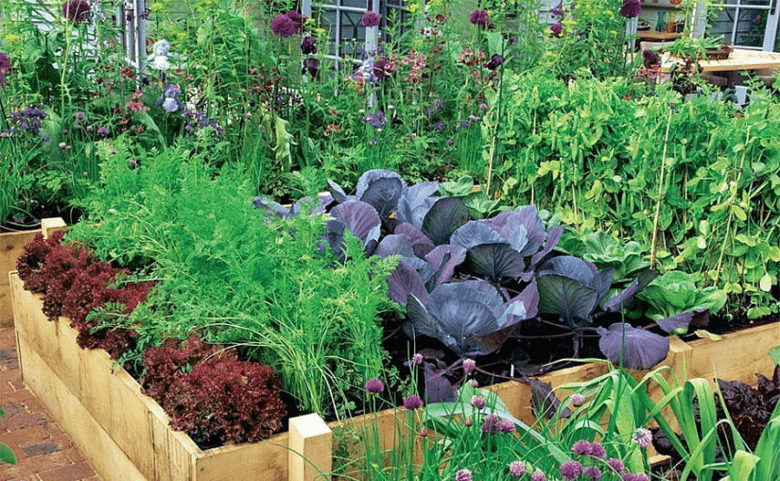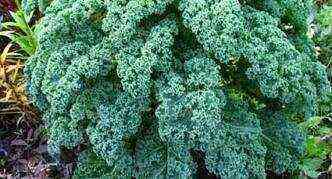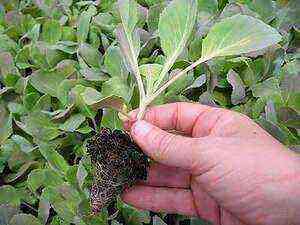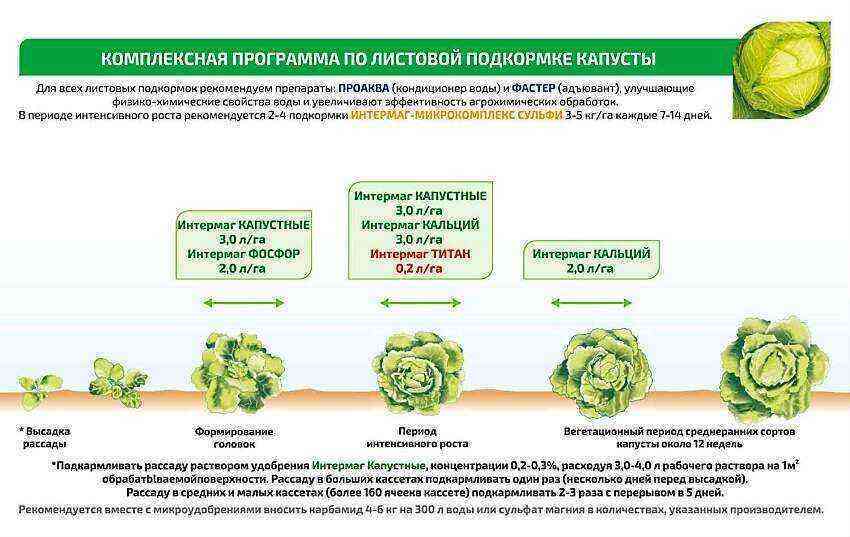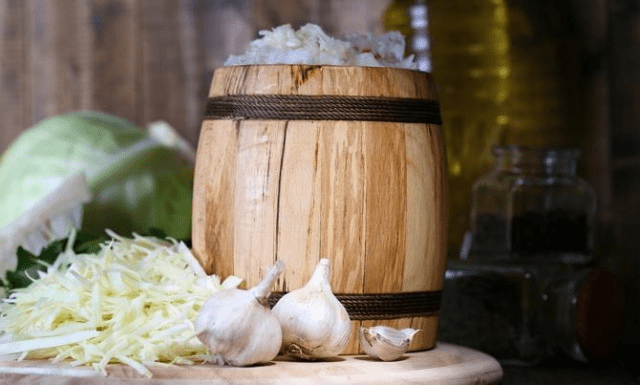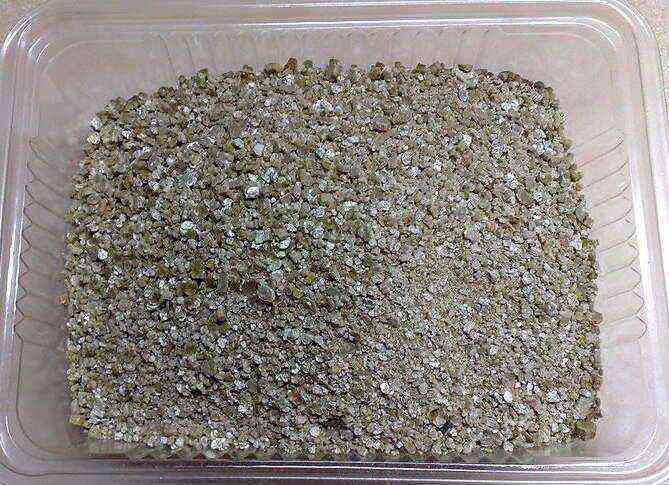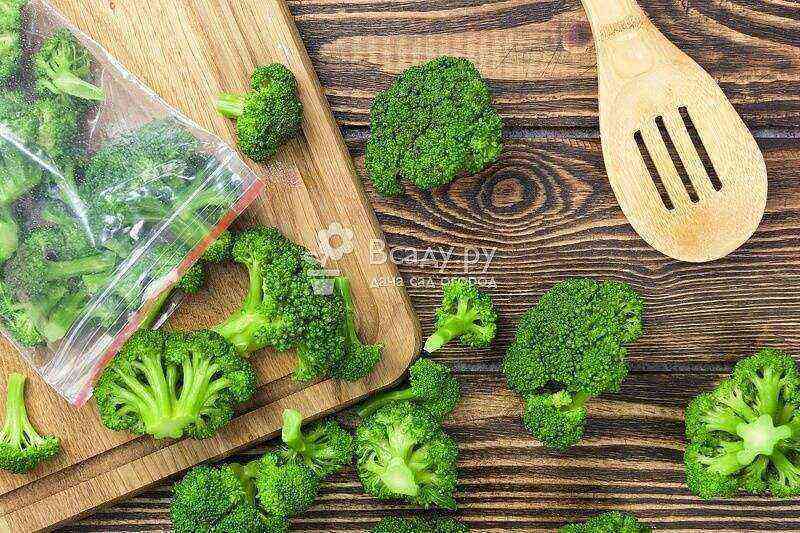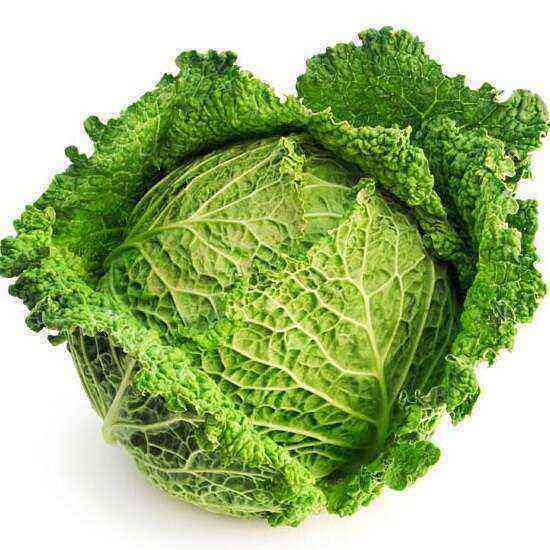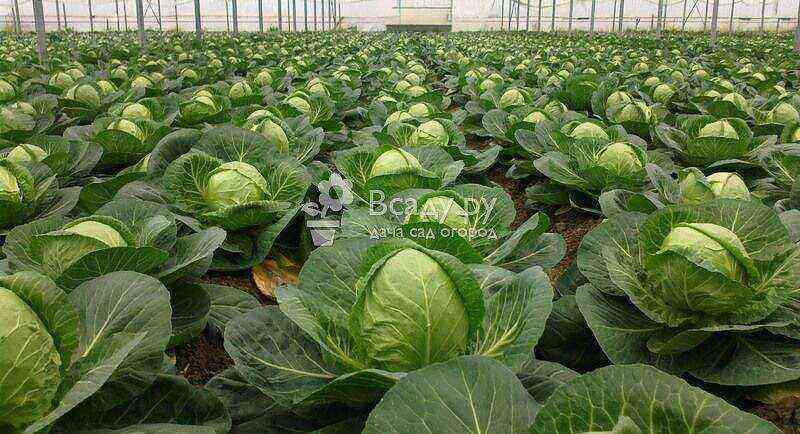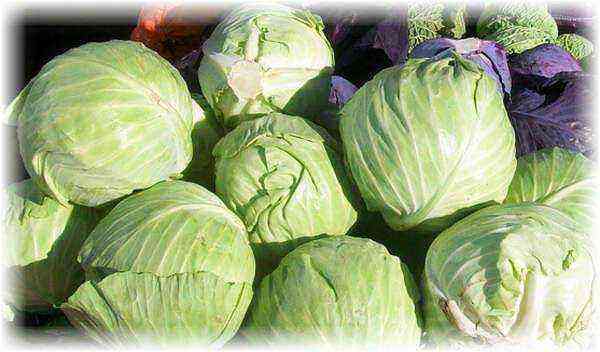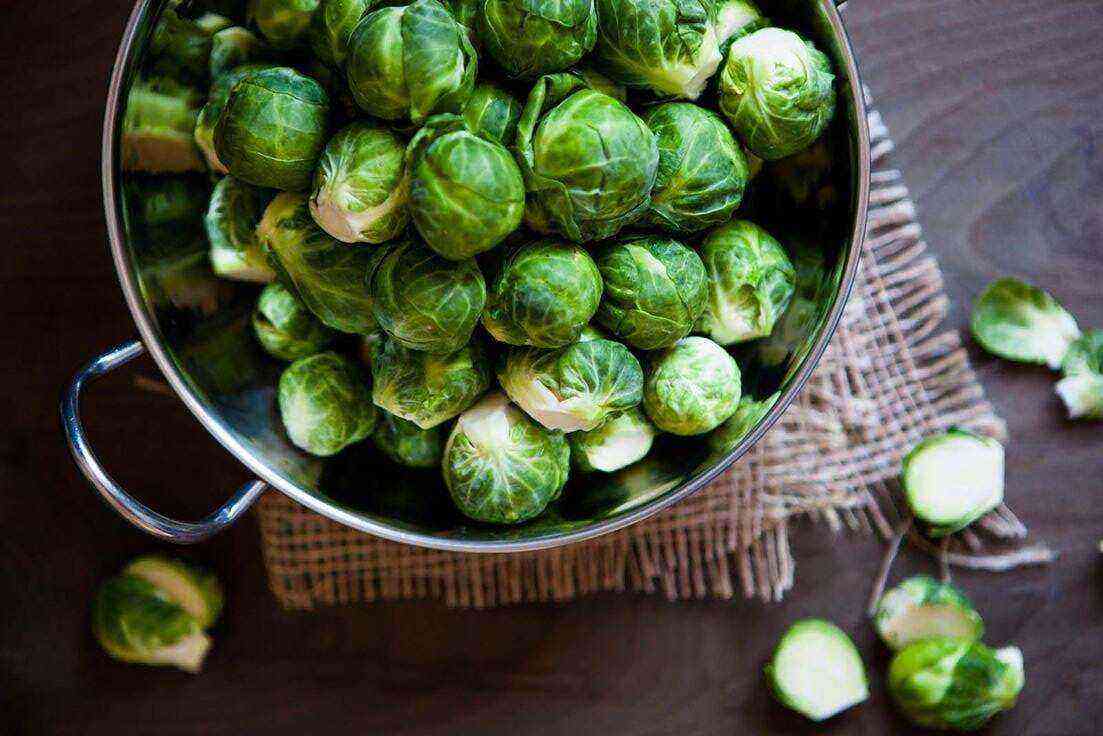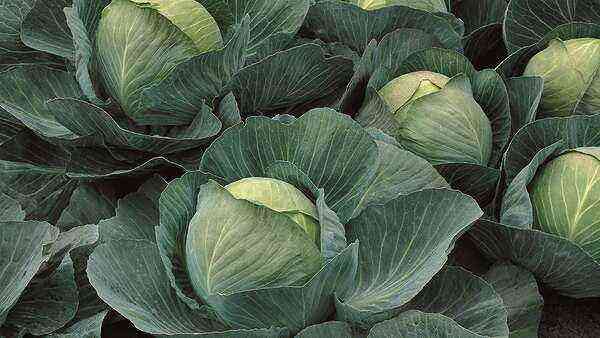For a long time, no one knew about this species outside of Italy. In France, broccoli appeared only in the 16th century, in Britain in the 18th century, in America in the early 20th century.
Benefits of broccoli
Broccoli is in high demand among people who follow a healthy diet. It is customary to refer to the beneficial qualities of cabbage as a beneficial effect on the gastrointestinal tract, cardiovascular, immune systems, as well as anti-inflammatory effect. Frequent intake of cabbage relieves the body of carcinogens.
Moreover, the vegetable has a minimal amount of sodium, calories and fat, but there is a lot of fiber, potassium, vitamin C, A and B6. Broccoli is a limitless source of organic pigments and antioxidants. Organic pigments are the ingredients that give plants color, smell and taste.
Harm
Of course, broccoli can be safely added to food, since cabbage has a lot of useful and nutritious components, and the likely side signs of overeating are minimal. The most common of these are flatulence and irritation of the large intestine, provoked by a large amount of fiber.
Such side effects are common to all cruciferous crops, but the benefits to the body far exceed this type of discomfort.
People taking medications to reduce blood clotting should be very careful about eating broccoli. Vitamin K, which is present in this product, can chemically react with drugs and decrease their performance.
The use of cabbage in medicine
Broccoli has many antioxidants, anti-inflammatory compounds and vitamins, thanks to which it has anti-carcinogenic and anti-inflammatory effects, reducing the risk of heart and vascular diseases.
Due to the presence of fiber, broccoli improves the digestive tract. Cultivation of cabbage does not require large expenses, it is an unpretentious flower. You can easily get two crops for a child. You can cultivate cabbage through seedlings or seeds.
Recommendations for gardeners for the cultivation of cabbage:
- In early spring, seeds are planted in a closed area, and the resulting seedlings are planted in late April – early May. Broccoli leaves ripen quickly in June.
- To get a second crop, you can sow cabbage seeds directly into the open area in June.
- Cultivation of cabbage is carried out on any soil, but it is better to use black soil and clay soil.
- Caring for cabbage is no more difficult than for plain white cabbage: irrigation, weeding, feeding.
- A suitable temperature for broccoli is from +18 to +26 degrees, but the plant is able to withstand frost down to -8 degrees.
- Seedlings are essential for an early harvest, but cultivation can be started by simply sowing the seeds in an open area.
Cooking seeds for sowing
Broccoli can be grown in any way: via seedlings or seed. Many summer residents grow broccoli in the open field. In any situation, as well as before sowing any flowers, broccoli seeds must be prepared for planting: warmed up, disinfected and germinated.
These activities should be done in late winter or early spring. Warming up should be done within a 30-minute stay of the seeds in hot liquid.
Disinfection in the essence of manganese or boric acid should take 2 hours, and this will provide the future culture with strength to fight diseases. Broccoli seeds for pecking at night are dipped in an infusion of ash.
This is how the seeds are prepared for sowing. After drying, you can plant them in prepared containers with soil. Broccoli loves moisture, therefore, during the entire cultivation of seedlings, you need to control the moisture content of the soil, often irrigate the cabbage.
Care
As we have already mentioned, cabbage is not afraid of the cold, therefore, as soon as the fifth leaf is formed in the seedlings, they can be transplanted to a plot in an open area. The sowing pattern is standard: there is a distance of 1,5 m between the bushes, since the plant, if you follow all the rules, will grow strong and spreading.
Immediately add that you can cultivate broccoli by direct planting in an open area immediately after the snow thaws. Then we work in the same way: we plant bushes with five inflorescences on permanent, lighted areas.
In each groove, you need to put humus or compost soil, thoroughly moisten and plant seedlings. This is followed by the standard broccoli care: loosening, weeding, hilling, irrigation, feeding.
Feeding
If you want the cabbage to be large, you need to thoroughly fertilize it with mineral complexes:
- urea;
- boric acid and nitrophosphate;
- fertilizers based on potassium and phosphorus;
- a mixture of bird droppings.
Diseases and parasites
Broccoli is such a plant that many insects do not like it, but nevertheless it is often attacked by aphids, caterpillars, and slugs. If suddenly such a misfortune occurs, then folk recipes will come to the rescue:
- Prepare an infusion of hot peppers or tomato greens. Infusion is necessary to irrigate plants.
- Take the eggshells and fold them around the cabbage. Such a remedy is great for fighting slugs.
- Plant the black-haired ones between the plants: they scare the caterpillars.
- Sprinkle the plants with ash, pepper and tobacco to eliminate flea beetles.
- Competent crop rotation, that is, combining vegetables, will save you from a black leg or keel. It is necessary to choose the places where potatoes and tomatoes were grown last year.
Harvest
Harvesting, of course – what could be more enjoyable at the end of the season? The basic rule is to make sure that the cabbage begins to bloom, that is, remove the heads before flowering. Otherwise, the fruits will become overripe.
Of course, it will be possible to add to food, but they will no longer be so tasty and nutritious. The cabbage head should be emerald in color and have a diameter of 15 cm. Remember, you only need to cut the middle head, leaving the sprouts on the sides for further harvest.
Advantages and disadvantages
Broccoli is the best biennial plant. Its popularity is due to the list of advantages over other types:
- The crop ripens gradually, so there is no need to cut off a large number of stumps at once.
- Cabbage is not afraid of heat treatment – it does not deform, retains its taste.
- Breeders have equipped this species with resistance to sub-zero temperatures and dry seasons.
Among the shortcomings, one can single out the tendency of stalks to crack and damage with keel disease and bacteriosis. But all the same, this species has much more advantages, which means that it is worthy of attention.
Broccoli is ideal for long-term storage. The harvest ripens in the second year, at the beginning of August, but the fruits without loss of taste and attractive characteristics can lie until spring. If you want to enjoy the healthy and gastronomic qualities, then make the smart choice in favor of broccoli.
Testimonials from truck drivers
On the Internet, you will find many reviews about broccoli cabbage. Some grow it as an ornamental flower. People note that if you cultivate cabbage in March, then the fruiting will turn out to be high. Some summer residents grew two-meter flowers, powerful and attractive. They did not remove the lower leaves.
Broccoli is worthy of the attention of summer residents for several reasons: the presence of valuable properties and attractiveness. Domestic breeding firms produce Dutch seeds for their customers.
